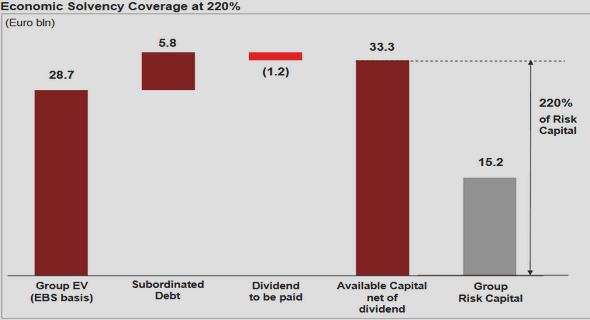(Downloads - 0)
For more info about our services contact : help@bestpfe.com
Table of contents
1 Markov processes
1.1 Fluctuations and statistical ensembles
1.1.1 Maxwell-Boltzmann distribution
1.1.2 Classical statistical mechanics and ensemble averages
1.1.3 Stochastic processes
1.2 Markov processes and master equation
1.2.1 General properties of a Markov process
1.2.2 Stationary and homogeneous Markov processes
1.2.3 Master equation
1.3 Convergence in Markov processes
1.3.1 Ergodic and mixing properties
1.3.2 Mixing in Markov chains
2 Monte Carlo Method
2.1 Direct sampling for high-dimensional integration
2.1.1 Weak and strong laws of large numbers and the Monte Carlo method
2.1.2 Inversion sampling
2.1.3 Acceptance-rejection method
2.1.4 Importance sampling
2.2 Markov-chain Monte Carlo method
2.2.1 Principles of the Markov-chain Monte Carlo method
2.2.2 Metropolis algorithm
2.2.3 A priori probabilities
2.2.4 Heat-bath algorithm
2.3 Convergence and error
2.3.1 Initialization bias
2.3.2 Uncorrelated samples
2.3.3 Correlated samples and autocorrelation times
2.3.4 Scaling of autocorrelation times around a phase transition
2.4 Cluster algorithms
2.4.1 Fortuin-Kasteleyn transformation
2.4.2 Swendsen-Wang algorithm
2.4.3 Wolff algorithm
2.4.4 Cluster algorithms for spin glasses
2.5 Non-local algorithms
2.5.1 Geometric cluster algorithm
2.5.2 Jaster algorithm
3 Irreversible factorized Metropolis algorithm
3.1 The Lifting Framework
3.1.1 Lifting for the unidimensional random walk
3.1.2 General case
3.1.3 Lifting for two particles
3.2 The Factorized Metropolis filter
3.2.1 Definition of the Factorized Metropolis filter
3.2.2 Implementation
3.2.3 The factorized Metropolis filter in the lifting framework, beyond replicas
3.3 Continuous-time scheme
3.3.1 Maximal global-balance by infinitesimal steps
3.3.2 Event-driven approach: Event sampling
3.3.3 Observable averaging
3.4 Infinite chains
4 Applications of the irreversible factorized Metropolis algorithm
4.1 Soft-sphere systems
4.1.1 Melting in soft spheres
4.1.2 Performance
4.2 Pressure computation
4.3 Continuous classical spin systems
4.3.1 Planar rotator spin systems
4.3.2 Heisenberg spin systems on a three-dimensional lattice
General conclusion
Bibliography



